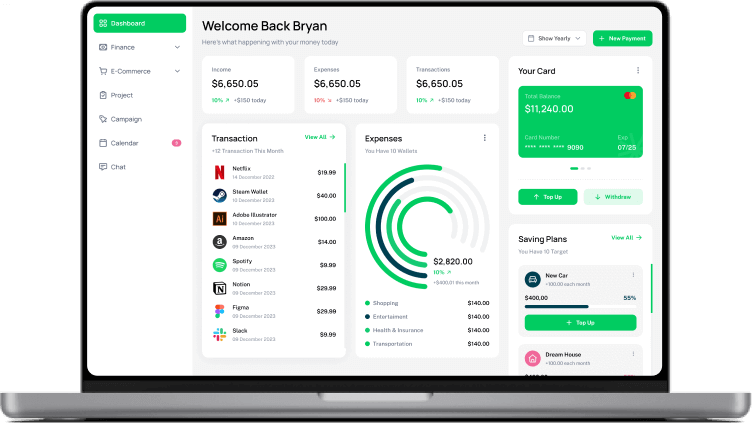Customer Lifetime Value (CLV)
Definition: Customer Lifetime Value (CLV) is an important business metric that measures the total net value of a single customer account across the entire relationship with a business. It stretches from the time a customer buys for the first time to the time of their last interaction with a brand.
Detailed Explanation
The significance of CLV is that it can enable a company to learn the economic value a customer contributes during their lifetime. With this knowledge, the company can find out how much they can afford to invest in customer acquisition and still be profitable. CLV is part of the fundamentals of profit metrics and is the strategic foundation for all key marketing decisions, including sales, advertising, product development, and customer support.
The simple formula for determining Customer Lifetime Value is:
CLV = (Average Purchase Value) x (Number of Repeat Sales) x (Average Retention Time)
The formula can be expanded to:
CLV = (Average Order Value) x (Purchase Frequency) x (Customer Lifespan)
Where:
- Average Order Value: The average dollar amount a customer spent per order.
- Purchase Frequency: This is the average number of times a customer makes a repeat purchase within a given period.
- Customer Lifespan: The average number of years a customer remains purchasing from the business.
The knowledge of CLV will assist businesses in making informed decisions on the amount of money that they should spend on getting new customers and retaining those that exist. It also helps businesses to identify high-value customers so that companies can fashion out strategies for these customers in a manner that they get maximum value.
Importance in the Sales Process
- Profitability: CLV helps a company to forecast the total profit of a customer, based on which budget and marketing investment can be managed properly.
- Customer Segmentation: Allows segmenting customers based on their profitability, thus orienting marketing and advertising efforts toward the most valuable segments.
- Resource Allocation: Guides businesses on how to optimally allocate resources to get maximal benefit, ensuring that the most profitable customers get more attention.
- Business Strategy: Shapes the overall business strategies, such as product development, pricing, and customer service approaches, to drive better customer satisfaction and retention.
Real-World Example
An online retailer calculates their CLV as a foundation for investing in customer retention. An average customer spends $50 in the shop per each purchase made and visits around 5 times in a year. Their average retention is 3 years:
CLV = $50 x 5 x 3 = $750
This implies that the retailer can now afford to spend $750 on acquiring a customer. If that is the CLV, the retailer should be increasing the budget for customer service in order to enhance the experience and thus extend the average lifespan of a customer.

